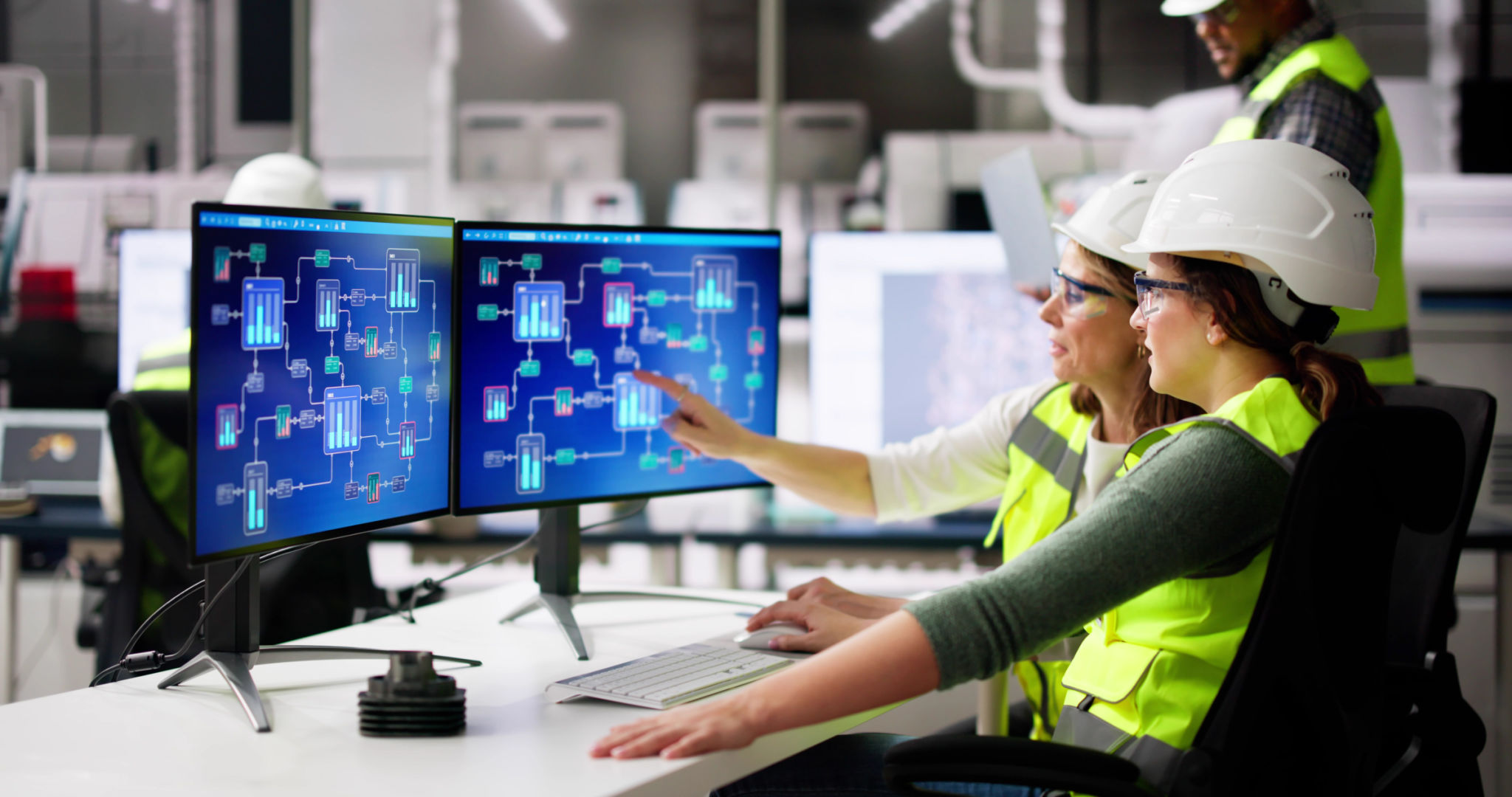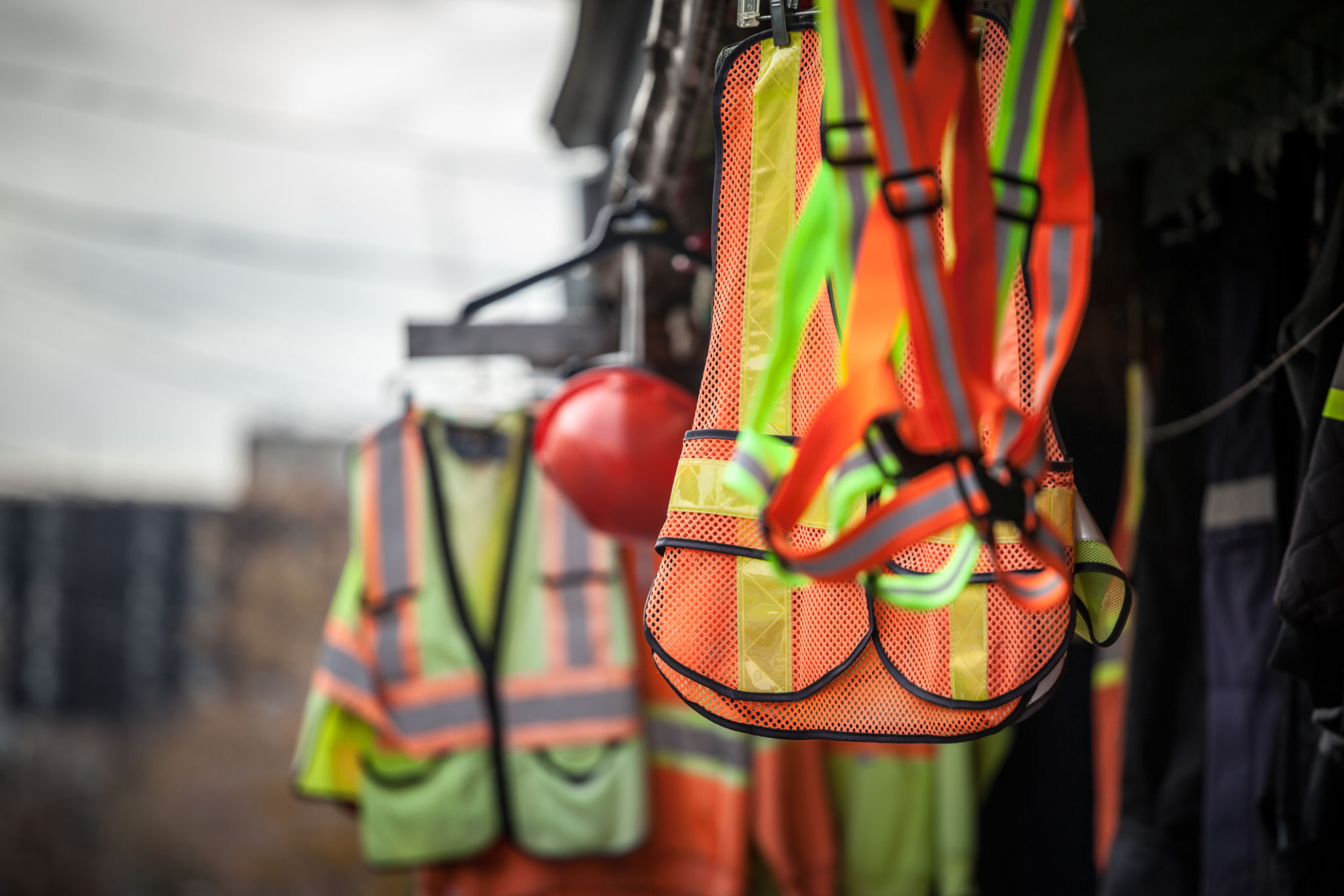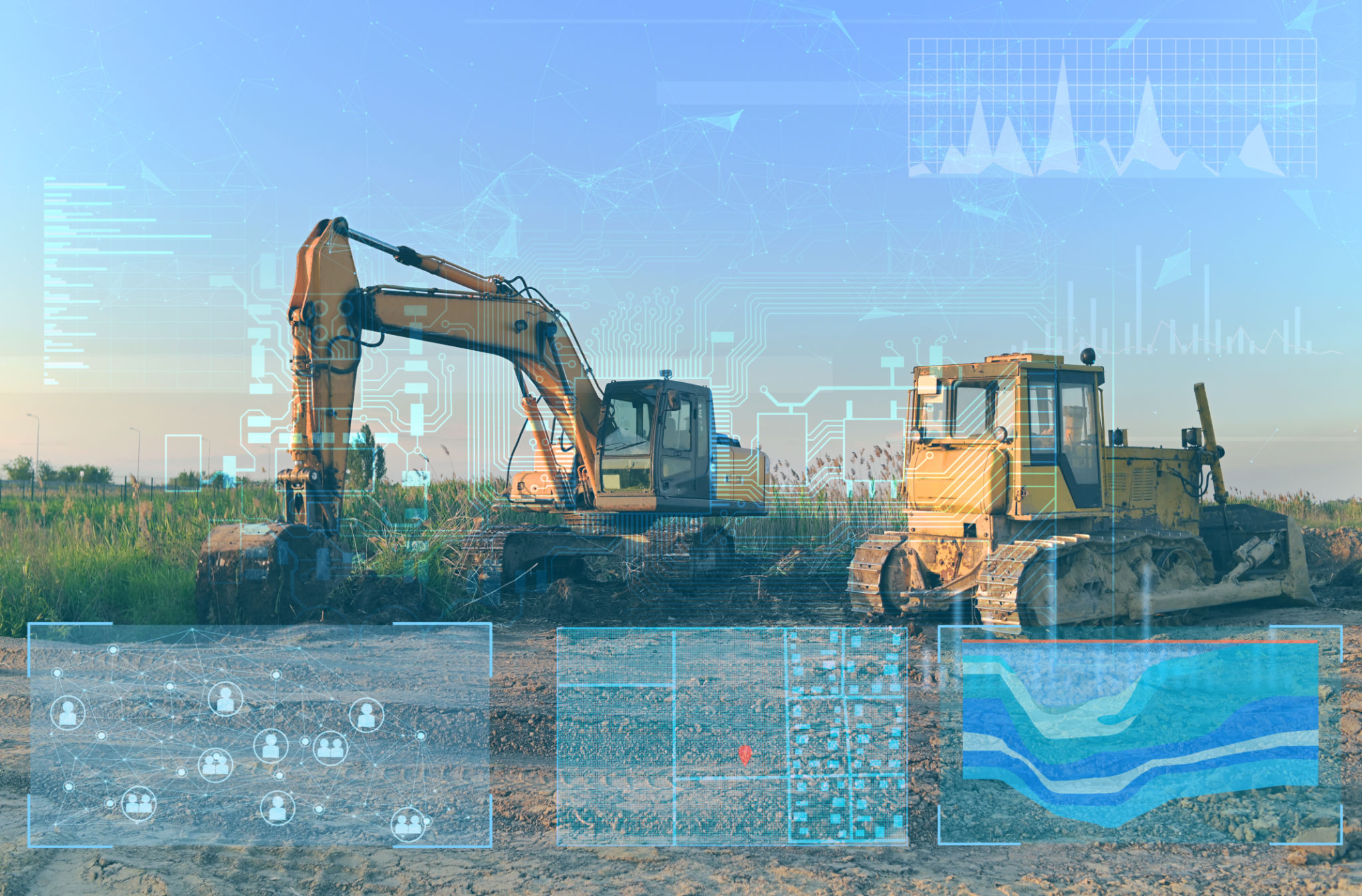Streamlining Construction Processes: A Guide to Automation
The Role of Automation in Modern Construction
In today's rapidly evolving construction industry, automation is no longer a luxury but a necessity. By integrating automated processes, construction companies can significantly enhance efficiency, reduce costs, and improve project timelines. Automation helps in minimizing human error, ensuring consistency, and enhancing safety measures on site.

Implementing automation in construction involves using advanced technologies like robotics, drones, and AI-driven software. These technologies streamline various processes, enabling project managers to focus on more strategic tasks. Embracing automation can lead to a more agile and responsive construction environment.
Key Areas for Automation in Construction
1. Project Planning and Design
Automation tools such as Building Information Modeling (BIM) software have revolutionized the way projects are planned and designed. BIM allows for detailed 3D models that provide a comprehensive view of the project, enabling better collaboration among stakeholders. This results in a more accurate and efficient planning process.
Furthermore, AI-driven design tools can automatically generate multiple design scenarios, allowing architects and engineers to explore a wide range of options quickly. By leveraging these tools, companies can reduce the time spent on the design phase and enhance overall project quality.

2. On-Site Construction Processes
On-site construction processes benefit immensely from automation through the use of robotics and drone technology. For instance, drones can conduct site surveys more quickly and accurately than traditional methods, providing real-time data to project managers. This data can be used to monitor progress and identify potential issues before they become major problems.
Robots are increasingly being used for tasks like bricklaying, concrete pouring, and welding. These machines work tirelessly without breaks, increasing productivity and reducing labor costs. Automation in these tasks also enhances precision, leading to higher-quality construction outcomes.
Enhancing Safety through Automation
One of the most significant benefits of automation is the improvement in safety standards on construction sites. Automated systems can monitor conditions continuously, alerting workers to potential hazards. This proactive approach helps prevent accidents and ensures that safety regulations are consistently met.

Wearable technology is another area where automation plays a critical role in safety. Devices equipped with sensors can track worker movements and environmental factors such as temperature and noise levels. If any parameters exceed safe limits, alerts are sent out to mitigate risks immediately.
3. Quality Control and Inspection
Automated quality control systems ensure that each phase of construction adheres to predefined quality standards. Drones equipped with high-resolution cameras can conduct inspections of difficult-to-reach areas, providing detailed reports on structural integrity without risking human safety.
Additionally, AI-powered software can analyze vast amounts of data collected from sensors throughout the site to identify patterns and predict potential quality issues before they occur. This predictive capability helps in maintaining high standards while reducing rework costs.
The Future of Construction Automation
The future of construction lies in further integration of automation technologies. As more companies adopt these innovations, the industry will see even greater improvements in efficiency, safety, and sustainability. From autonomous machinery to advanced data analytics, the possibilities are endless.

While challenges remain in terms of cost and implementation, the benefits of automation far outweigh these hurdles. Companies that embrace this technological shift will not only stay competitive but also set new benchmarks for excellence in construction.
